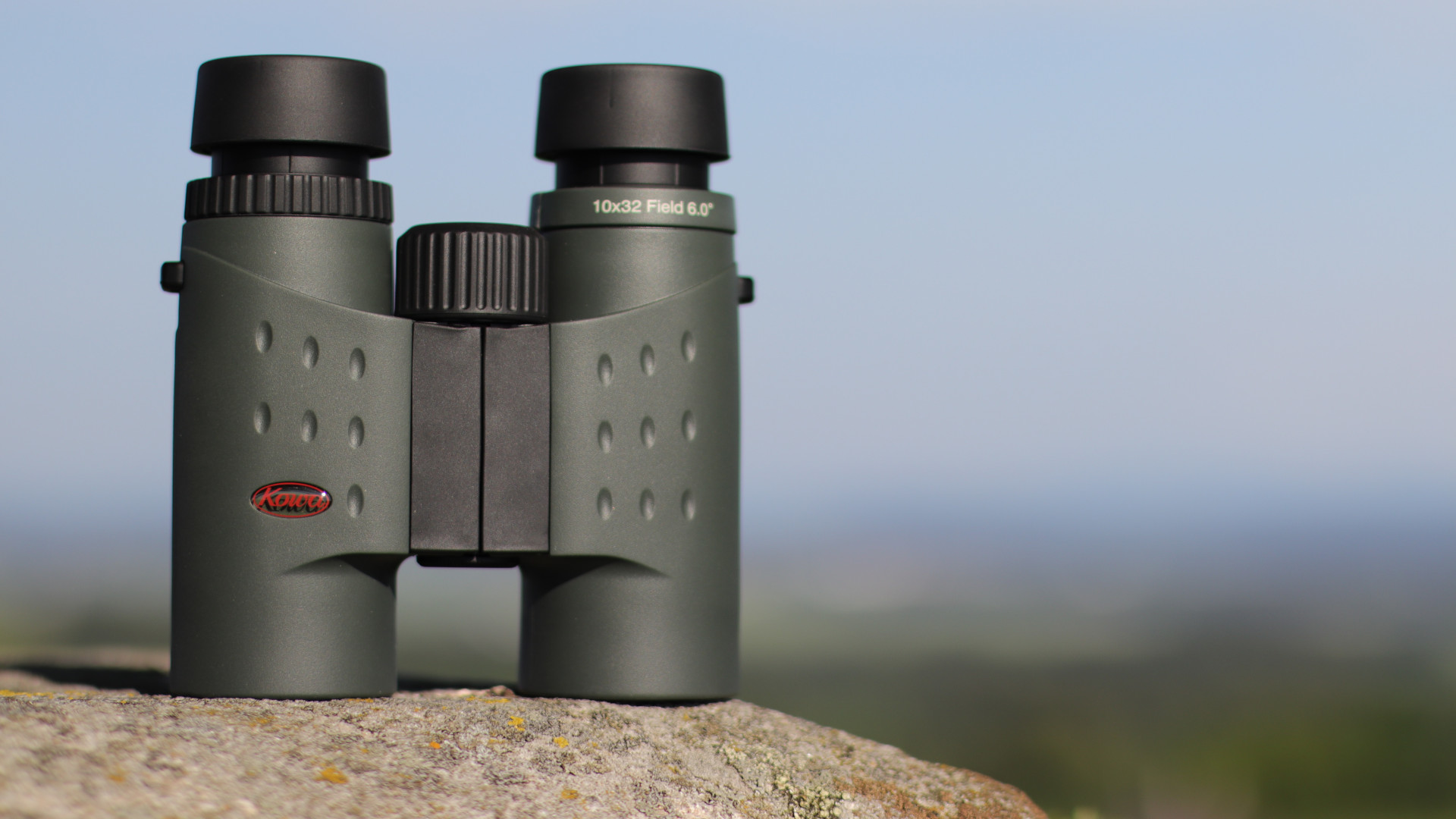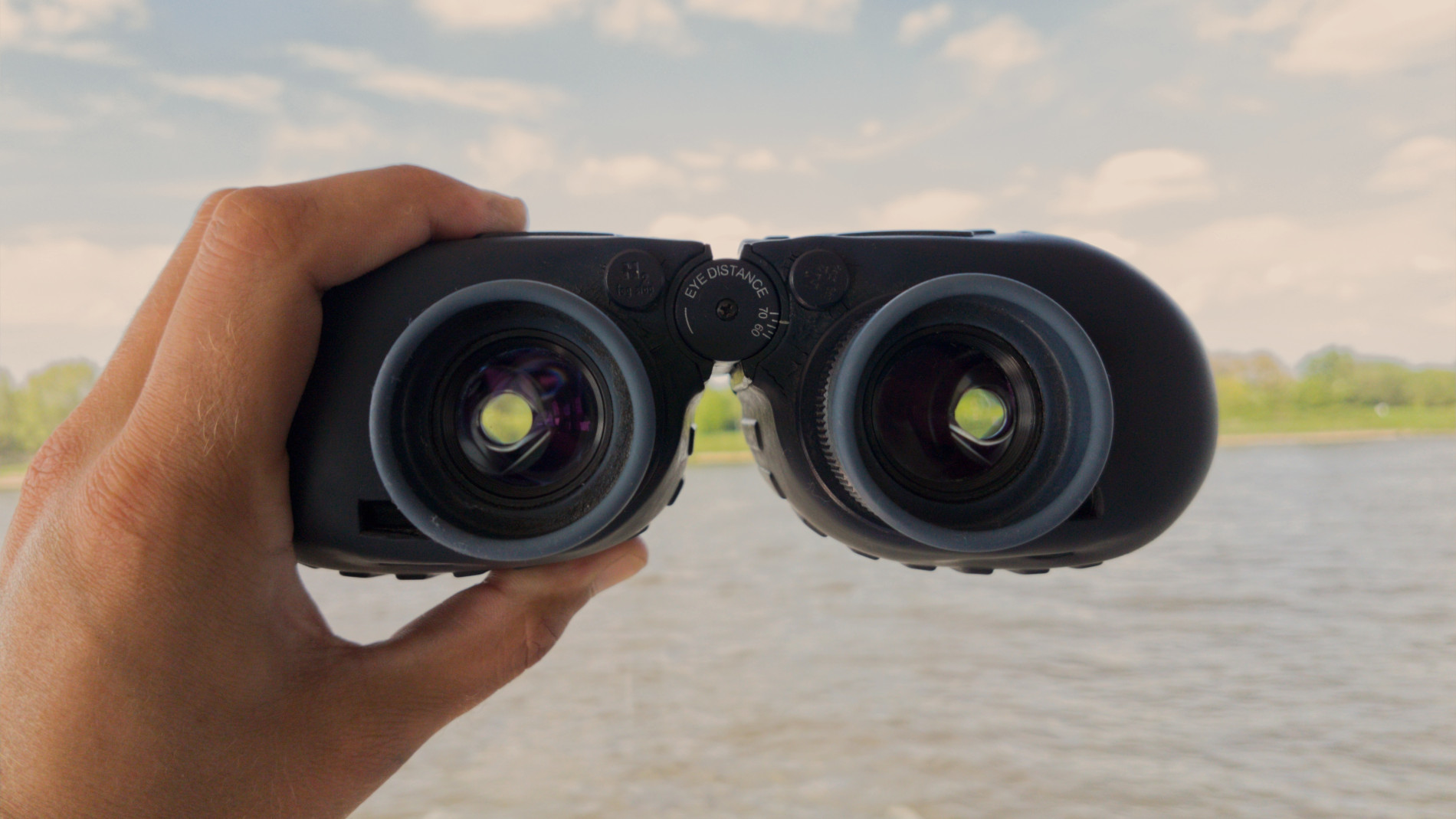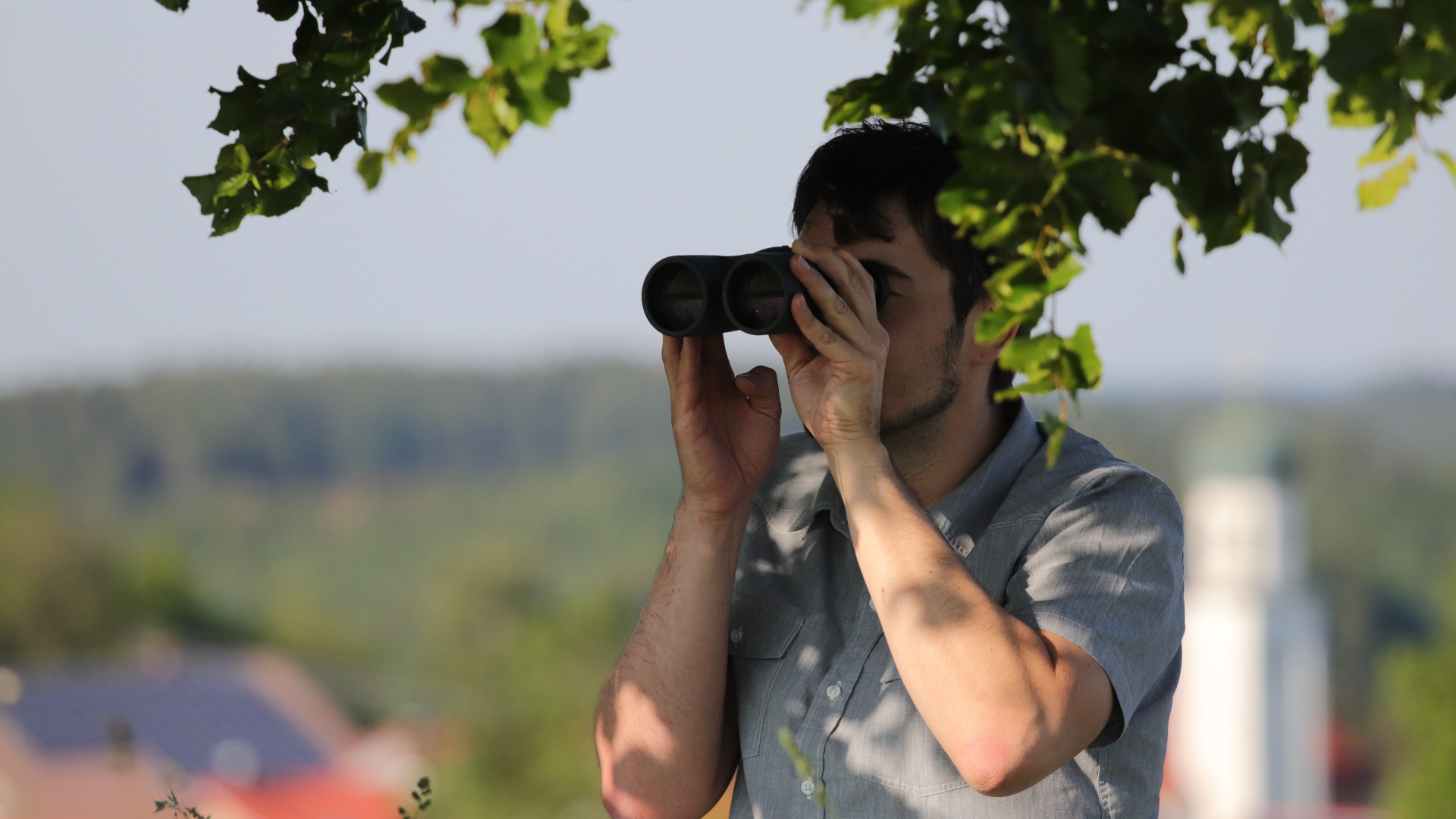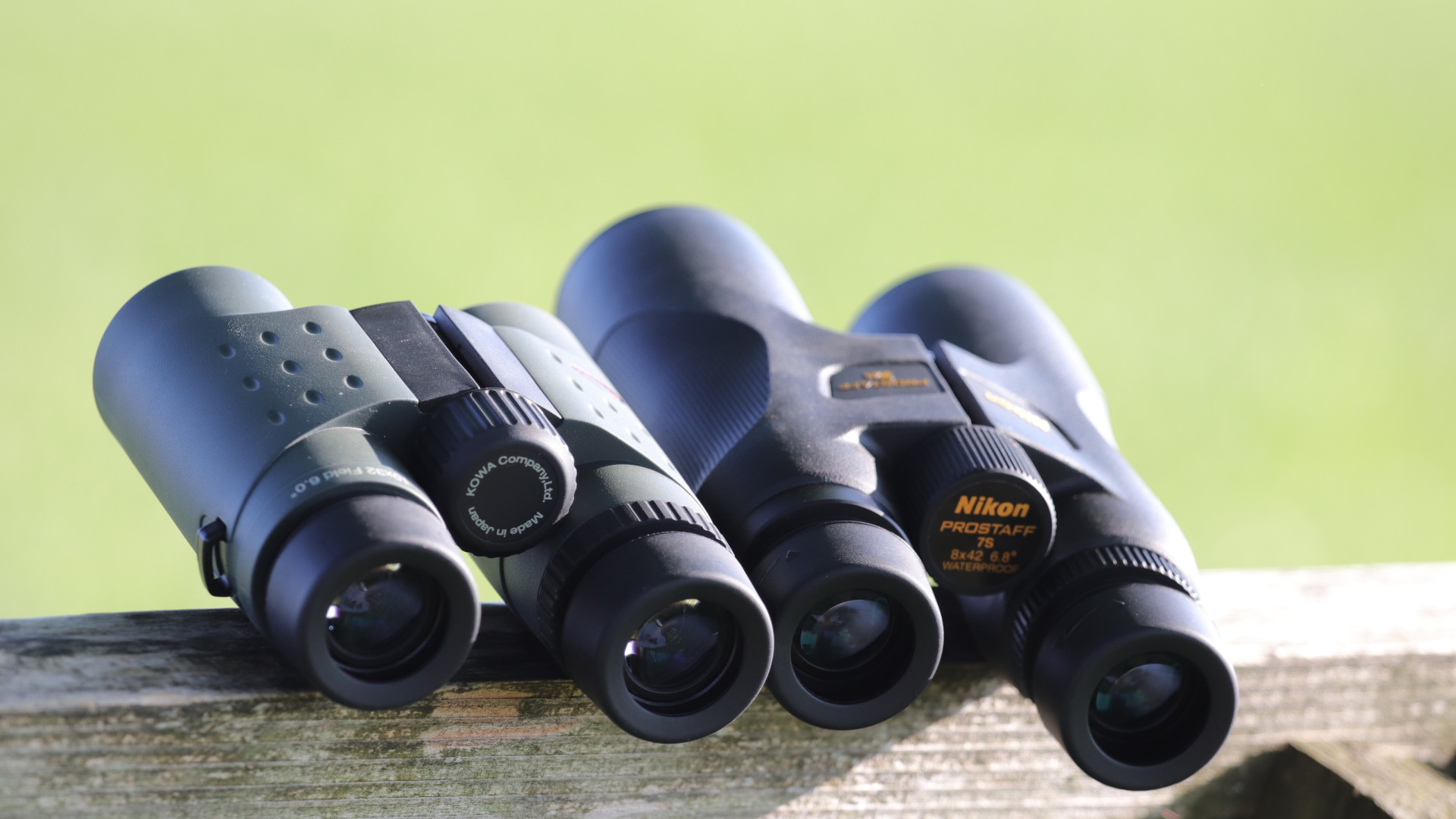Resolving power
Comparing binoculars’ resolution: this formula makes it really easy.

An important factor for binoculars and your observation is the achievable resolving power. By definition, this is the ability to perceive two points or details as still clearly separate objects. The resolving power depends on a combination of the human eye and the optics’ lens aperture.
The resolving power of the human eye
Under perfect conditions, the human eye has a resolving power of 60 arc seconds (60"). In an older person, however, the ability to resolve certain objects is somewhat reduced. This is mainly due to the reduced size of the pupil, but also to the constraints of anatomical and physiological vision.
A simple formula for resolving power
Resolving power is the ability to perceive fine details or to still be able to separately distinguish two adjacent objects. If the optics’ resolving power is not quite sufficient, two details can merge into one another.
With the rule of thumb: 115/D you can calculate the optics’ resolving power, where D is the lens aperture in millimetres. In the case of binoculars with an aperture of 50 mm, the resolving power is 2.3".
How important is resolution to me?
This measure is of minor importance for most nature-watchers, but we would still recommend that you compare the resolving power when selecting binoculars. When it comes to astronomical observation, this resolution threshold is far more important.
But whatever the resolving power, the lens aperture is not the only determining factor. It must always be considered together with the entire optical system. Other factors such as glass types and coatings, especially with regards to prisms, play an enormously important role in ensuring that these are not the cause of any reduction in sharpness.



